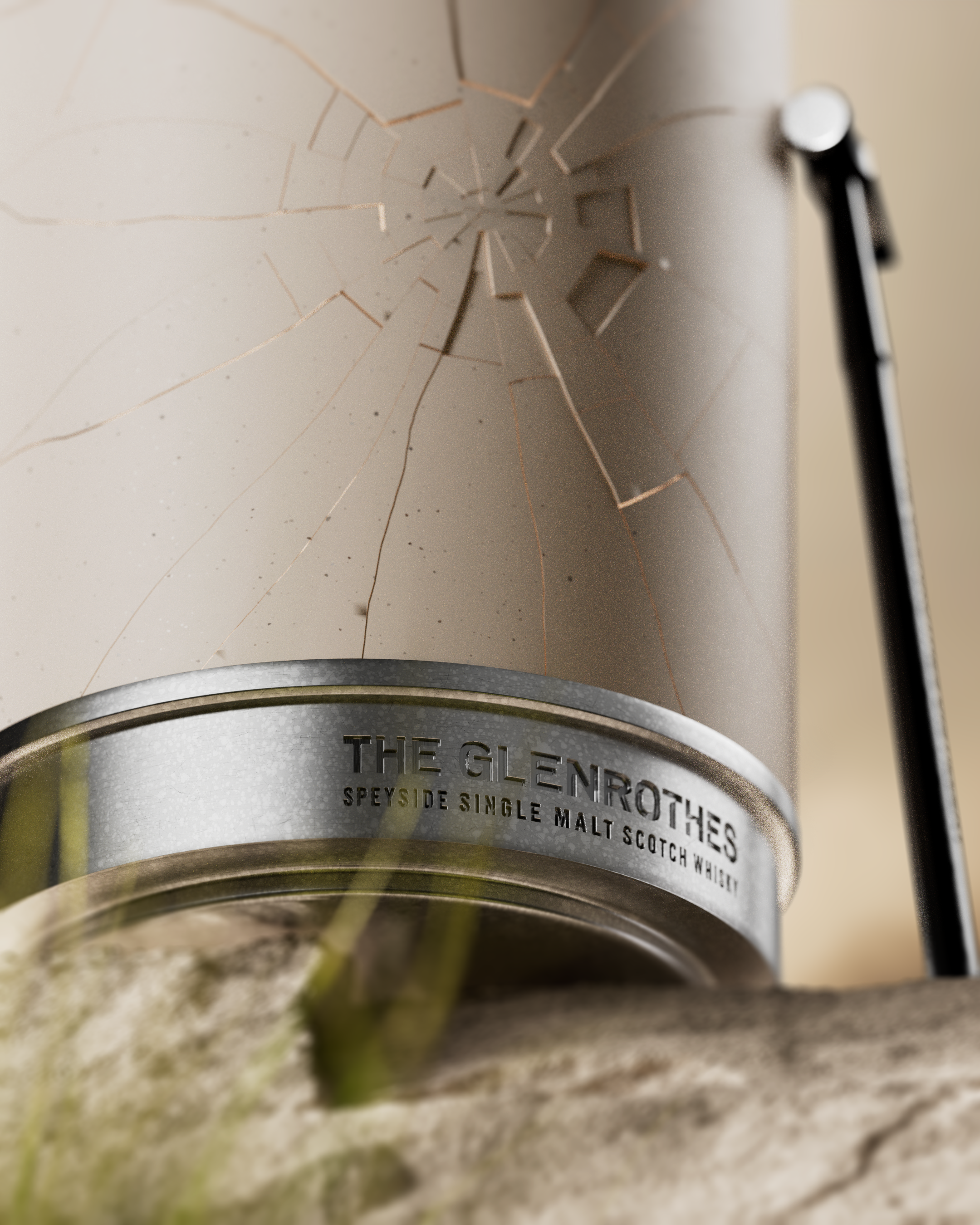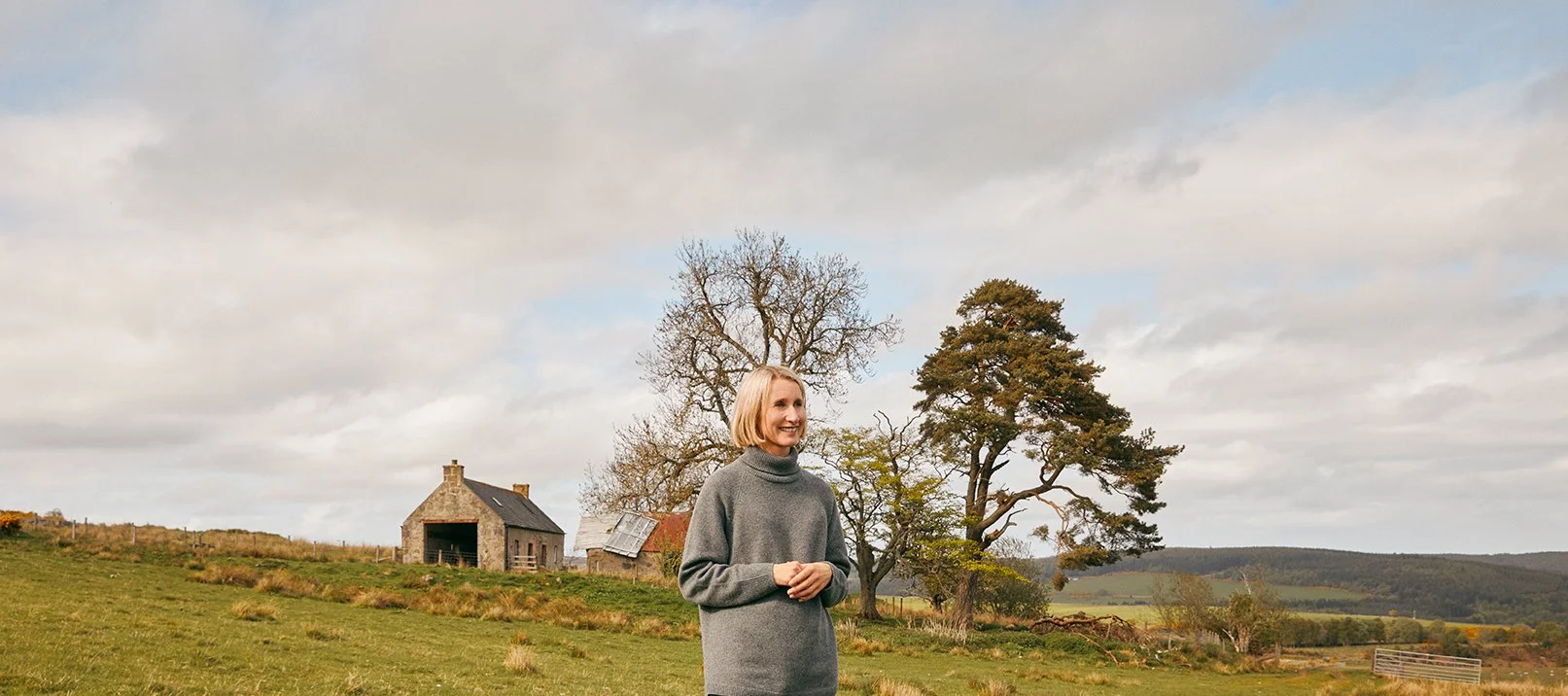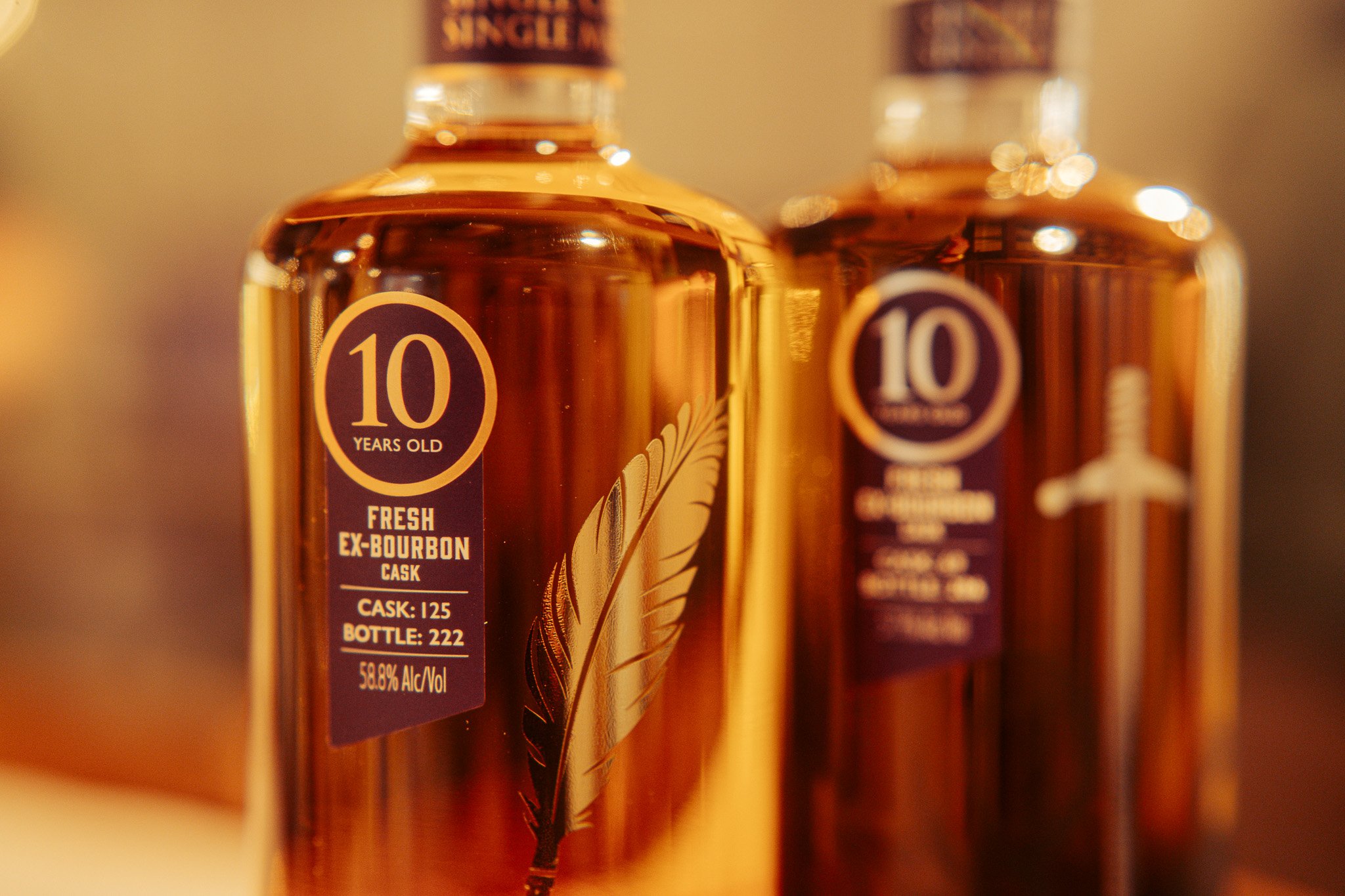The £37,000 whisky you have to smash open
Hammer time – The only way into this exceptional rare drink
Tucked inside a handcrafted Jesmonite column, the Glenrothes 51-Year-Old is a whisky shrouded in mystery – one that can only be unlocked with a hammer. Tom Pattinson visited a Kensington townhouse to uncover the story behind this £37,000 dram, where artistry, rarity and a delicate orchid’s resilience collide
“Take the elevator up to the fourth floor,” I was instructed after being greeted at the entrance to the Kensington townhouse. There’s something undeniably extravagant about a private lift in a six-storey residence (four above ground, two below). With artworks by established artist including Lucio Fontana adorning the walls of this palatial residence, I knew I was in for an afternoon of extravagance.
This is the home of Mike Fisher, creative director of interior design firm Studio Indigo, who has recently completed the design of a guesthouse on the Glenrothes Estate. But today, I’m at his impressive residence to preview Glenrothes’ latest release – a 51-year-old single malt that’s as much a work of art as it is a whisky. Extravagant in flavour, yes, but even more so in presentation. Because here’s the twist: no one outside the distillery has seen the actual bottle.
At the centre of the table stands a tall, monolithic Jesmonite column. What lies inside remains a secret, reserved exclusively for the 100 collectors who will eventually own one. And they’ll have to work for the privilege. The only way to access the whisky? A hammer. Not a gentle tap, mind you – a proper, decisive smash. “It often takes people a few attempts to hit it hard enough,” Wendy Espie, Glenrothes’ Global New Product Development Manager, tells me with a smile. “There’s always that moment of hesitation – what if I damage what’s inside?”
The Glenrothes estate where orchids grow wild
The theme of this release, Strength in Fragility, draws inspiration from the wild orchids that grow on the Glenrothes estate – flowers so ancient they predate the dinosaurs. Delicate yet enduring, they mirror the whisky’s paradox: a spirit of remarkable age and complexity, hidden behind a shell that demands destruction. Once shattered, the broken remnants of the column are returned to the distillery, where a kintsugi artist repairs the pieces with gold, transforming the debris into a unique vase designed to cradle a living orchid.
Glenrothes’ master whisky maker, Laura Rampling, remained tight-lipped about what else might be concealed within the column. Each of the 100 releases will be unique, she hinted, with surprises that won’t be revealed until a brave collector finally cracks theirs open. It’s a clever gambit – ensuring these £37,000 bottles aren’t just locked away as investments, but experienced, tasted and enjoyed.
Laura Rampling, Master Whisky Maker at Glenrothes
But what of the whisky itself? Rampling explains that Glenrothes’ defining feature is its water source, twice as soft as any other distillery’s and three times softer than bottled water, she says. Tasting it side by side with London tap water was revelatory – the Speyside spring water impossibly smooth, the capital’s supply harshly metallic by comparison.
Founded in 1878 with the aim of producing “the most elegant whisky,” Glenrothes still adheres to that philosophy. Its two towering 6.5-metre stills work slowly evaporating and condensing, allowing copper to strip away heavier, sulphurous notes, leaving a distillate that’s bright and fruity.
The Jesmonite monolith, encasing the prized whisky
We tasted three expressions: a 25-year-old (£650), all Battenberg cake and ripe peaches; a 42-year-old (£6,750), laced with honeycomb and brown sugar; and finally, the star – the 51-year-old. Drawn from two 1972 casks, it was a study in contrasts: one ethereal and perfumed, the other rich and nutty. On the nose, rosewater and watermelon; on the palate, a dance of bergamot, tonka bean and sandalwood. Astonishingly vibrant for its age, it was elegance incarnate.
Yes, the setting was extravagant. The packaging, even more so. But the whisky itself – fragile yet profound, hidden yet demanding to be found – lived up to its theme perfectly. In the end, it posed a question: Can destruction be an act of reverence? For the few who’ll wield that hammer, the answer is in the drinking.







